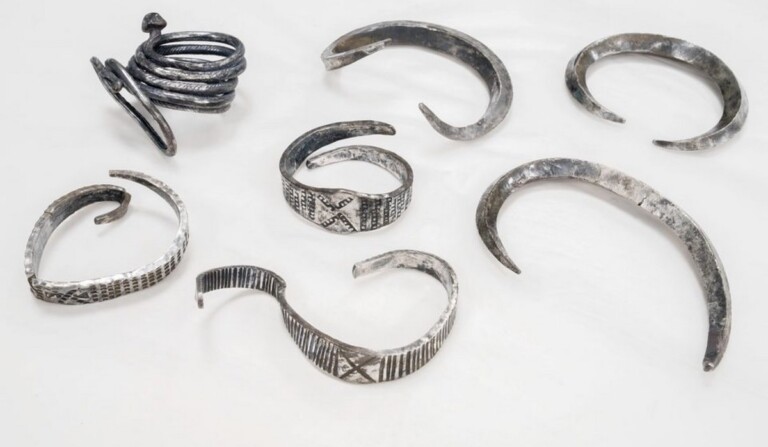Drone-based Agriculture
Kyle Albertson, born with congenital muscular dystrophy (CMD), has defied the odds to build a thriving drone services company in just four years. Raised in the heart of Indiana farmland, Albertson developed a deep connection to agriculture early on. Involved in organizations like 4H and Future Farmers of America (FFA), he was determined to create a career that offered both purpose and independence.
After earning his agribusiness degree from Purdue University in 2021, Albertson turned a personal interest into a professional pursuit by launching Albertson Drone Service LLC. What began as a hobby—flying drones for fun—quickly evolved when he recognized a real demand among farmers for aerial photography and drone-assisted pesticide deployment. His innovation and agricultural insight allowed him to carve out a unique niche in the industry.
Today, Albertson’s company has more than doubled its revenue, client base, and acreage serviced since its inception. He remains actively involved, traveling to clients in a specially modified van and leading operations firsthand. His message to aspiring entrepreneurs is simple yet powerful: “If you think you can do it and it’s a good business action, give it a shot.”





